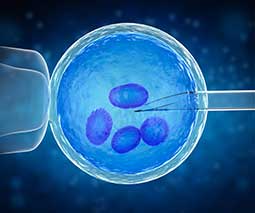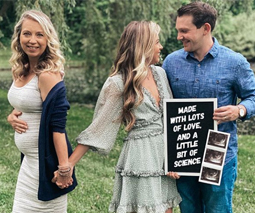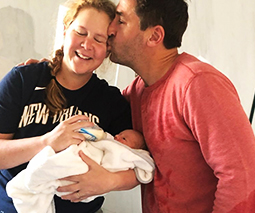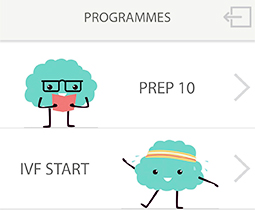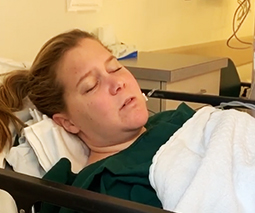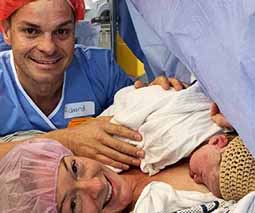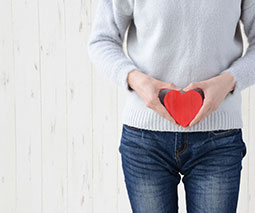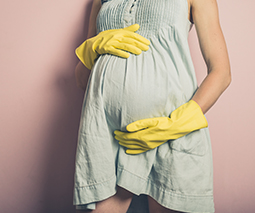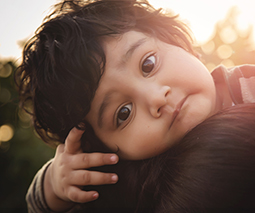Happy Birthday IVF! The world’s first ‘test tube baby’ turns 40 today
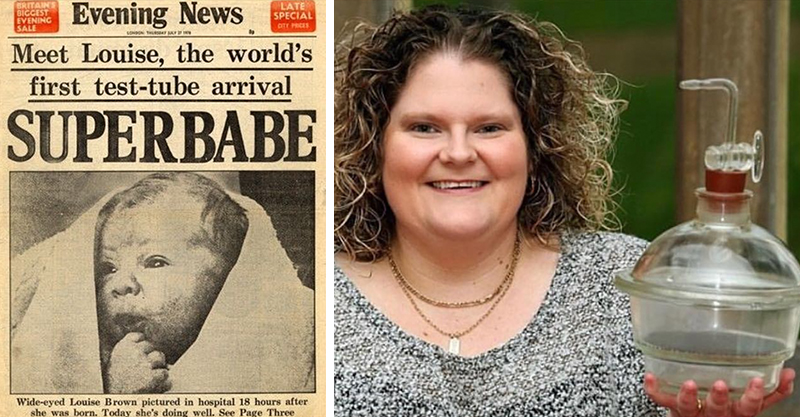
Back in 1978, when Louise Brown was born in the UK, she was known as the world’s first “test tube baby”. Little did we know that her arrival marked the beginning of a brilliant, widespread movement that would bring babies into the lives of MILLIONS of families who were struggling with fertility challenges.
40 years today!
Close to one in 30 babies are conceived via IVF now. It all started with one woman (Louise’s brave mum Lesley), three pioneering scientists (Patrick Steptoe, Robert Edwards and Jean Purdy) and a successful, experimental procedure.
“Weighing in at around 2.5 kilograms, the world’s first ‘test tube baby’ was delivered by caesarean section under torchlight — to avoid tipping off the media — in Oldham General Hospital, shortly before midnight on July 25,” the ABC reports.
Louise’s arrival spawned countless magazine covers and passionate debate, as the world struggled to come to terms with the ethics of babies created under what still seems like miraculous circumstances.
Back in Australia, Dr Carl Wood and his Melbourne IVF team were working hard to achieve similar success locally. Almost two years after Louise’s birth, Australia’s first IVF baby – Candice Reed – was born on 23 June, 1980.
Read more about IVF:
- Mum pays for daughter’s IVF with bingo winnings
- Study reveals the REAL reason women are freezing their eggs
- A fan pried into Chrissy Teigen’s IVF experience and her response was fantastic
As she grew older, Louise kept in touch with the team that assisted her conception. She remains grateful – and a little gobsmacked – at how she came to be and the reproductive technology revolution her birth signalled.
“Just to think that I’m the first out of all of them … I think, ‘Ooh’,” she told the ABC.
Speedy progress
Following Australia’s first IVF baby there was a bit of a scramble to develop policies regulating fertility treatments – and keep pace with the ethical and legal issues surrounding IVF. The world’s first ethics guidelines for IVF and embryo technologies were created here, shortly after.
Reproductive technology continues to progress in amazing ways.
Embryos created via skin cells are thought to be a future possibility, which could help same-sex couples or un-partnered women to have their own babies.
Babies born from embryos created with the genetic material of three people are being welcomed in some parts of the world. Australia is in the process of looking at three-person embryos – which are created to avoid disorders passed on via genes – and whether this should be an option here.
What a long way we’ve come in such a short space of time – and how amazing that a procedure many were suspicious of 40 years ago led to millions of much-wanted babies.
Happy Birthday, Louise! Hooray for science!
